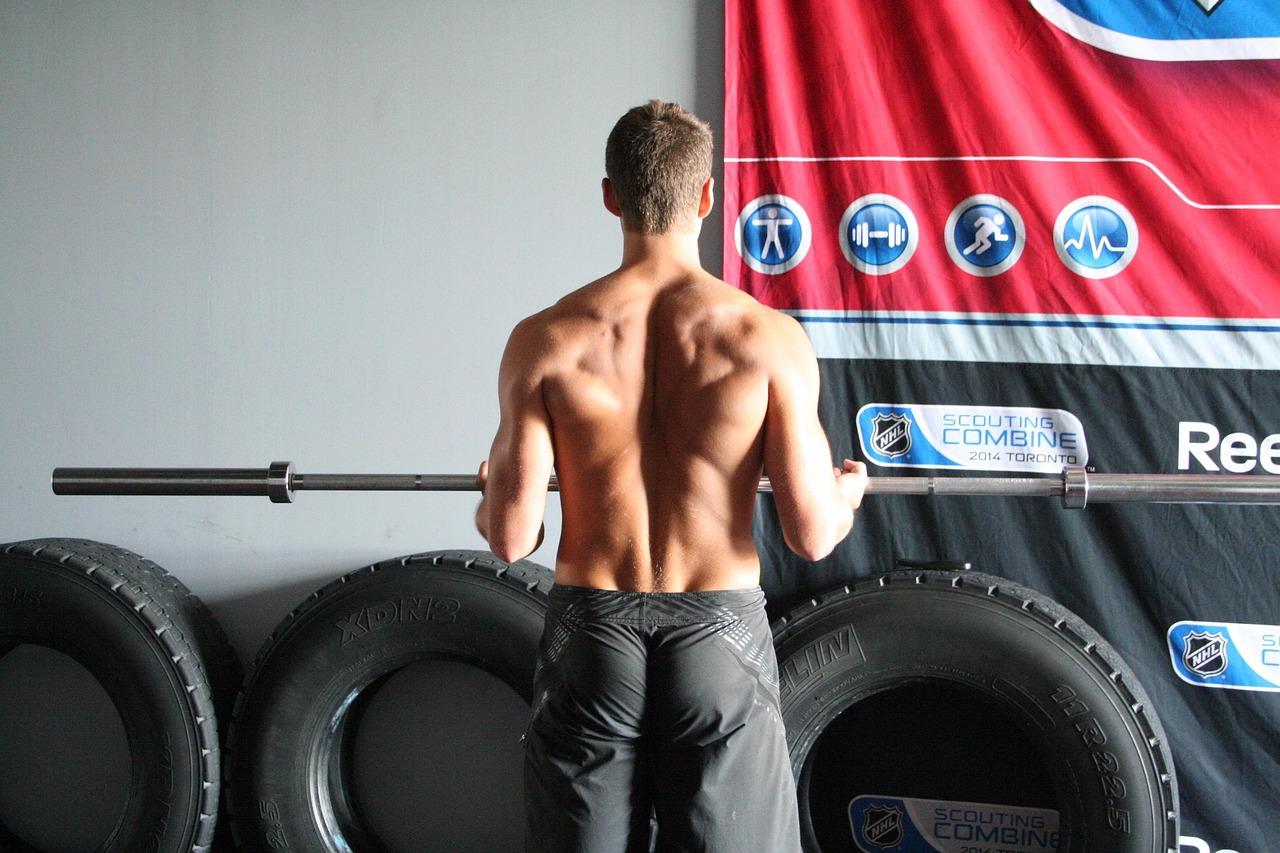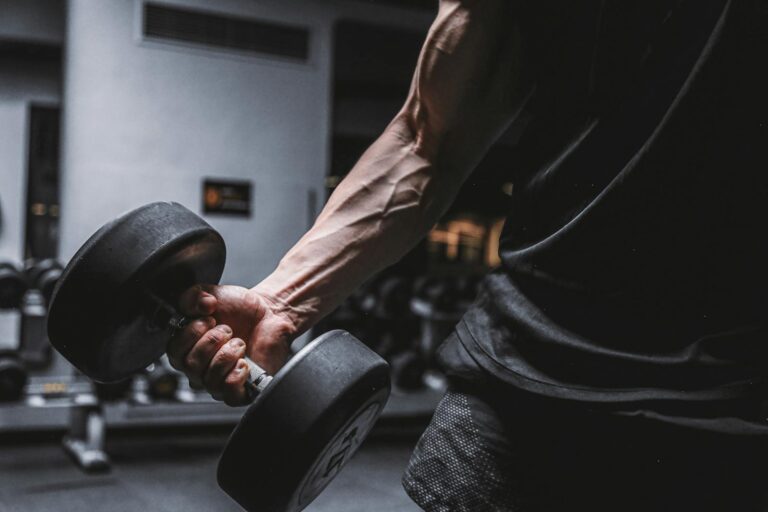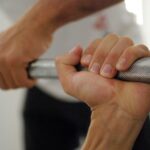When you think of powerlifters, a few things probably come to mind—massive squats, insane deadlifts, and an almost comical ability to move ridiculous amounts of weight. But one often-overlooked feature of elite strength athletes? Their traps are enormous.
Unlike bodybuilders, who train for aesthetics, powerlifters build thick, dense, and brutally strong traps through a mix of heavy compound lifts, loaded carries, and isometric holds. They don’t spend hours doing endless sets of shrugs with light dumbbells. Instead, they use big, demanding lifts that force their upper back to adapt under extreme loads.
If you want traps like a powerlifter, you have to train like one—not just isolating the muscle, but stressing it in a way that builds real-world, functional strength along with massive size.
Why Powerlifters Have Monster Traps
The traps aren’t just there to look intimidating. In powerlifting, they play a crucial role in keeping the upper back tight during squats, stabilizing heavy deadlifts, and locking out big presses. The best lifters don’t train their traps in isolation—they build them through full-body movements that demand serious strength and stability.
Unlike the typical gym bro who hits a few sets of shrugs and calls it a day, powerlifters train their traps in a high-stress environment. This means:
- Handling extremely heavy loads (forcing the traps to engage for stability)
- Holding tension under prolonged strain (isometric strength)
- Reinforcing posture and upper back tightness (key for big lifts)
This kind of training doesn’t just give you big traps—it gives you strong, functional traps that make you better at every lift.
The Powerlifter’s Approach to Trap Training
If you want to develop traps like a powerlifter, you need to train them like one. That means focusing on compound lifts, heavy holds, and explosive movements rather than just isolation work.
Deadlifts: The Foundation of Massive Traps
If there’s one lift that builds thick, dense traps, it’s the deadlift. Every time you pull heavy weight from the floor, your traps engage to keep your upper back locked in place. And unlike shrugs, where the traps move through a short range of motion, deadlifts force them to contract isometrically under extreme load—a massive stimulus for growth.
For even more trap activation, many powerlifters incorporate:
- Snatch-Grip Deadlifts – Wider grip = more trap engagement.
- Deficit Deadlifts – Longer range of motion = more time under tension.
- Rack Pulls – Allows for extra-heavy loading, overloading the upper traps.
Heavy deadlifts build raw size and strength, making them the cornerstone of any powerlifting-style trap routine.
Yoke Carries & Farmer’s Walks: Loaded Trap Destruction
Powerlifters and strongmen love loaded carries, and for good reason. Carrying heavy weight forces your traps to stay under constant tension while reinforcing postural strength and endurance. If you’ve ever seen a strongman competitor with traps that look like they belong on a gorilla, this is why.
Farmer’s Walks and Yoke Carries are brutal but effective. Pick up heavy weights, walk, and feel your traps get annihilated. These exercises also build grip strength, core stability, and overall athleticism—a win across the board.
Power Shrugs: The Strength Athlete’s Shrug Variation
Powerlifters don’t do shrugs the way bodybuilders do. Instead of using slow, controlled reps, they explode through the movement with power and intensity. This allows them to handle significantly more weight, turning the shrug into a trap-dominant power movement rather than just an accessory exercise.
The key with power shrugs is using a slight leg drive to move heavy weight through a full range of motion. This approach maximizes trap engagement while reinforcing explosiveness, making it a staple for strong, functional upper traps.
Front Squats: An Unexpected Trap Builder
Most people think of front squats as just a leg movement, but holding a heavy barbell across your shoulders forces your upper traps to work overtime to keep the weight stable. The longer you hold that bar, the more your traps have to fight to keep everything in position.
Many elite powerlifters use front squats not just for quad development, but as a way to reinforce their upper back and trap strength—an underrated but highly effective method.
Static Holds & Heavy Supports
One of the most brutal but effective ways to train the traps like a powerlifter is to simply hold heavy weight for time. Whether it’s:
- Heavy deadlift holds (pause at the top)
- Static yoke holds
- Trap bar carries
The goal is simple: Grip something ridiculously heavy and hold on for dear life. This builds next-level trap endurance and isometric strength, making you stronger in every lift.
The Powerlifter’s Trap-Building Mindset
Powerlifters don’t train their traps to look good—they train them to be strong, durable, and powerful. The side effect? They end up looking like absolute monsters.
If you’re serious about developing huge, powerful traps, stop treating them like an afterthought. Ditch the light dumbbell shrugs and start incorporating heavy deadlifts, loaded carries, explosive shrugs, and static holds into your routine.
Train like a strength athlete, and the size, power, and thickness will follow.
Discover more from IncogNatty
Subscribe to get the latest posts sent to your email.









